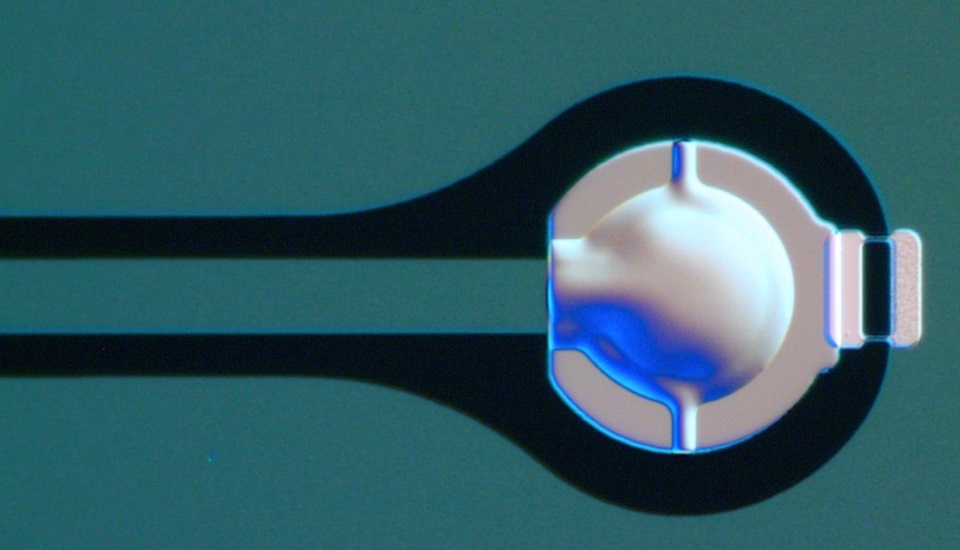26 OCTOBER 2017
What started as fundamental research to understand light-matter interaction at extreme limits, intended to explore the boundaries of quantum theory, ended in a promising new design for a superconducting transmon qubit. Researchers of Delft University published their research today in Nature Partner Journal Quantum Information, showing a design that reduces the size of such qubits by 10, attractive for the scaling up of the number of qubits in the future superconducting quantum computer.
Superconducting transmon qubits are one of the potential candidates to power a future quantum computer. In recent years, this type of qubit has been actively pursued for scalable quantum computing by both scientific research groups, such as at QuTech in Delft, but also by tech giants such as IBM and Google. Although the qubits themselves are relatively large compared to competitors such as quantum dots, the superconducting platform they work on has enabled them to scale much faster towards a working quantum computer than any other qubit.
Current transmon qubit designs consist of two small superconductive plates, about the size of a few hairs (100 microns), placed next to each other on the chip. The plates can be loaded with opposing charges (positive/negative), but can also be prepared in a quantum superposition of have a positive and negative charge at the same time – the key to quantum computing, that allows us to solve certain computational problems that are far out of reach of current supercomputers.
New design
Researchers from the group of Gary Steele in the Quantum Nanoscience departement in Delft have now come up with a new transmon qubit design that shrinks the size of the qubit by an order of magnitude. They did this by putting the two plates of the transmon qubit on top of each other, rather than beside each other, and separated the two plates by a vacuum slit of only 100 nanometer (a thousandth of a hair).
“The advantage of this design is a that it reduces the size of a qubit by a factor of ten, which can become important as the quantum computer continues to scale up in the future”, says Gary Steele. “Another advantage of the design: these qubits are operated by electrical fields, which are difficult to confine. Particularly as the superconducting processor becomes more dense, electrical fields intended for one qubit leak and disturb a neighbouring qubit, mixing up the computation. In this configuration, we can concentrate 90% of the electrical field in the vacuum slit, reducing this leakage / cross-talk between qubits as the quantum computer scales up.” The researchers have a patent pending on the design.
Overtones
Originally, finding a new design for a transmon qubit was not the intention of the research. “The experiment was set-up to explore extreme regimes of light-matter interaction”, Steele states. “We coupled the qubit to microwave photons, to study atom physics on a very fundamental level. The effect is a bit comparable with a guitar string, which has a tone, but also several overtones. So far, ultra-strong coupling to these overtones in light-matter interaction had not been demonstrated in experiments. In this set-up, we could see the interaction with more than four overtones, which made a theoretical description of the behaviour of the circuit very challenging.”
The research was made possible by NWO and the European Research Council (ERC). The lead scientist in the project was Sal Bosman, a PhD student in the group of Associate Prof. Steele. He is also the founder of the startup company Delft Circuits focussing on engineering solutions for supporting quantum computing, housed in the incubator YES!Delft.
Additional information















